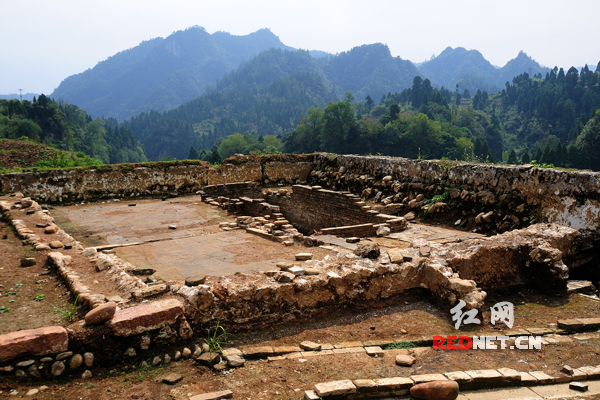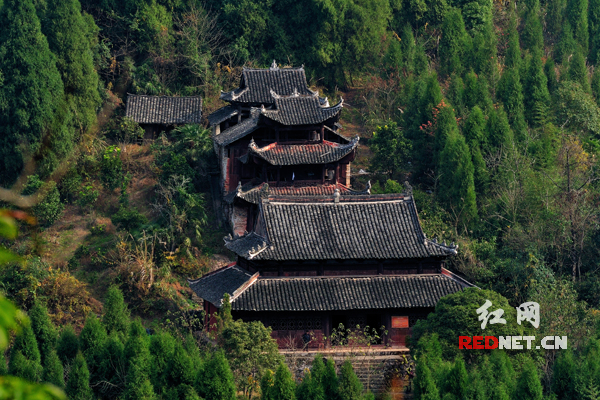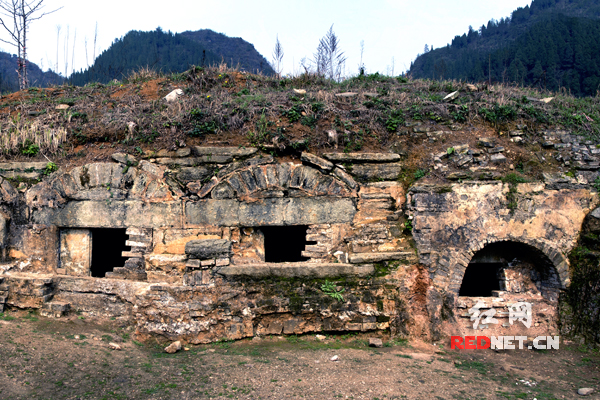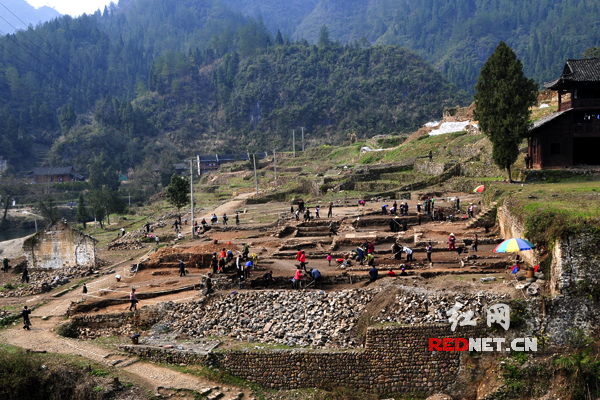 时刻新闻
时刻新闻
—分享—

(The relics of the Tusi Chieftains' Palace )

(The Hall of Patriarch )

(Ancient tombs of Tusi chieftains)

(The scene of archaeological work)

(Beautiful view of Laosicheng Site)
Laosicheng Site is located at Laosicheng Village of Lingxi Town, over 20 kilometers from the east of Yongshun County, Xiangxi Tujia and Miao Autonomous Prefecture.
Laosicheng Site was the local political, economic, cultural and military center of Yongshun County for 800 years of Tusi Regime of Ethnic Groups in southwestern China. Laosi represents 800 years of Culture of Yongshun Tusi Regime (from late Liang Dynasty [AD 910] to the sixth year in the reign of Yongzheng in Qing Dynasty [AD 1728]), a special system that ancient Chinese dynasties applied to rule ethnic groups in certain regions by granting hereditary titles to local leaders. Experienced 35 chieftains for 28 generations, Laosicheng site existed through dynasties including Five Dynasties and Ten Kingdoms, Song, Yuan, Ming and Qing.
According to social hierarchy, the site can be divided into three areas: the residential area for citizens, the official area for administration and the residential area for leaders. The town was well organized in a chessboard layout with reddish-brown pebble roads built in various patterns such as triangular and diamond shapes, which belong to the strong styles of Tujia ethnic groups.
In 1983, after archaeologists' surveys, the Hall of Patriarch and Tujia Ancient Tombs of Chieftains were approved as Hunan Provincial Cultural Relic Protection Units.
In 1995, the first archaeological work at Laosicheng Site was launched from October to December by Hunan Provincial Institute of Cultural Relics & Archaeology, Cultural Relics Bureau of Xiangxi Autonomous Prefecture and Cultural Relics Bureau of Yongshun County.
In 1998, the archaeological project on the relics of the central residence of Tusi chieftains was launched.
In 2001, Laosicheng Site was entitled as one of National Key Cultural Relic Protection Units.
In 2010, it entered the list of the first group of projects of National Archaeological Parks.
In 2011, it was honored as one of the Top 10 National Archaeological Discoveries of 2010.
In 2012, it was selected into the World Heritage Tentative List by the Cultural Relics Bureau of China.
In 2013, Laosicheng Site entered the application list for UNESCO World Heritage of 2015.
In 2014, the formal application for the World Cultural Heritage of UNESCO was submitted, and the site was inspected by experts of ICOMOS.
On July 4, 2015, along with Tangya and Hailongtun Fortress, Laosicheng site was successfully listed as World Cultural Heritage Site during the 39th session of World Heritage Committee.
As the 48th World Heritage Site in China, Laosicheng Site is also the first World Cultural Heritage Site in Hunan Province.
Original link: 八百年老司城 数十年考古路



